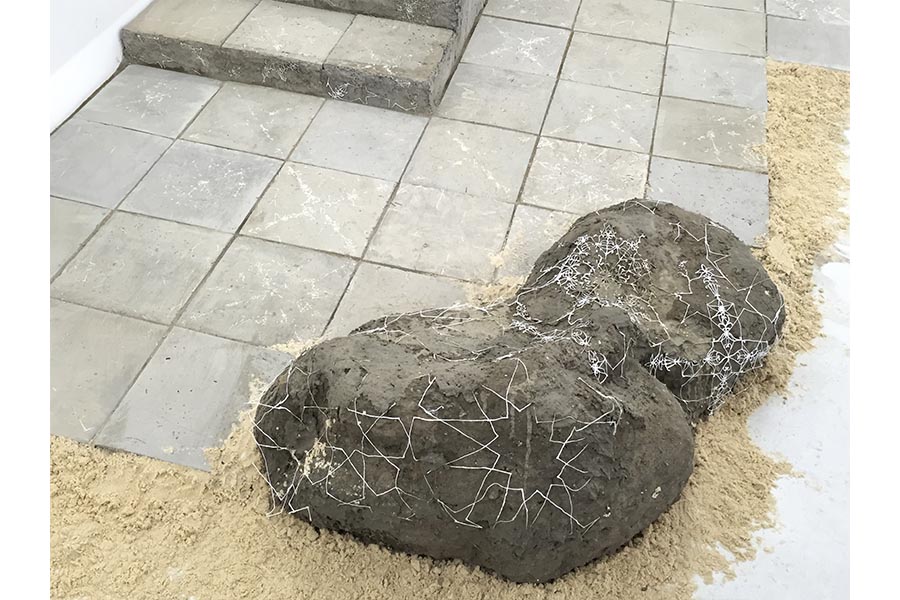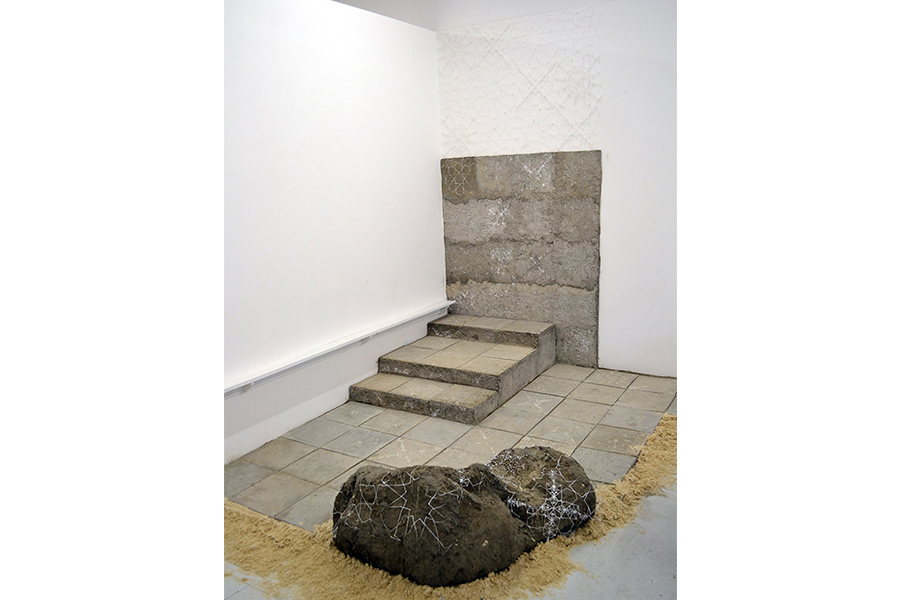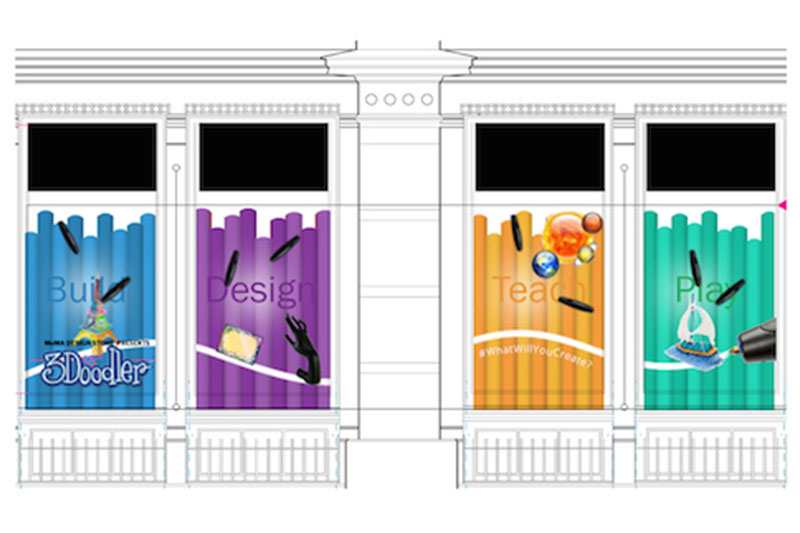Over the past few weeks, we have featured artists who have used the 3Doodler as a creative outlet, made works of fine art, and even high fashion. Grace Du Prez went beyond anything attempted before when she led a team of 11 artists in creating a life-size Doodled Nissan Qashqai – the largest Doodle ever made.

Grace Du Prez is not new to Doodling. “I first started using the 3Doodler about 3 years ago when I was commissioned by Maplin Electronics to make a hat for Ladies Day at Ascot,” she says. “I then got in touch with 3Doodler directly and made a few pieces including jewellery, a vase and some lampshades.”
But her latest project was bigger and more complex than anything Grace – or anyone else – had ever done before.
Grace was contacted about an ambitious new idea – to use a 3D pen to create an entire car. The project would be to Doodle a full-size Nissan Qashqai. “I was really excited as nothing had ever been made this size before and it sounded like a really fun project.”
"Nothing had ever been made this size before" Share
Based in London, Grace assembled a team of 11 artists and designers from the UK, and students from Kingston University. But before they could begin, they needed a plan.
“The initial conversations were mainly about feasibility and trying to estimate how long it would take,” says Grace. “We then had to plan all the logistics of how to make it and what the design would be.”

With multiple artists, there were many different visions and ideas to consider, and different elements that had to be decided. “In the beginning planning stages, we discussed how it could be made and what the surface might look like. There were lots of meetings to discuss the different options,” Grace explains. “The whole planning took a couple of months.”
When it came time to start constructing the car, Grace showed the team how to use the 3Doodler. As Grace teaches regular workshops for how to use the pen, she was able to get the team Doodling quickly.
But when 11 artists are working on the same project, everyone needs to be on the same page. “Everyone had a slightly different style of Doodling – just like everyone’s handwriting is different,” Grace explains. “So to keep it consistent across the whole car we would get everyone to swap places every so often.”
And it was crucial to have open lines of communication throughout the project. “At the start of every day we would all have a chat and make a plan for which bits we were going to do,” Grace says. “We started off getting all the key lines, which were quite thick to give a bit of structure and support and also highlighted the design features of the Qashqai. Then we could start filling in the bigger areas with more of a web-like surface.”
No one had ever before attempted making a structure of this size using a 3D pen. “That was the biggest challenge for me; as it had never been done before, there was a little element of the unknown,” says Grace. “But that just added to the excitement of it.”
"Seeing the Doodled car next to the real life Qashqai really shows what an amazing achievement it all was" Share
And Grace and her team were prepared for the challenge. “I was always confident as we had planned it really well and thought of every eventuality,” she says.
Working 800 hours over 17 days, and using over 8,000 strands of PLA and ABS plastic, this massive-scale project moved from concept to reality. “Seeing the final video for the first time, I was so proud of the team and how hard everybody had worked,” Grace says. “Seeing the Doodled car next to the real life Qashqai really shows what an amazing achievement it all was.”
The completed Doodled Qashqai is being transported to the Brand Innovation Centre in Barcelona, where it will be on display to the public.
“Working on the Qashqai in a team and creating something large scale as a group was a great experience,” says Grace. “I feel like now we have done this anything is possible so I’m looking forward to what the future has in store!” ![]()




























